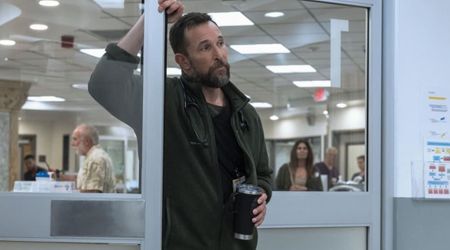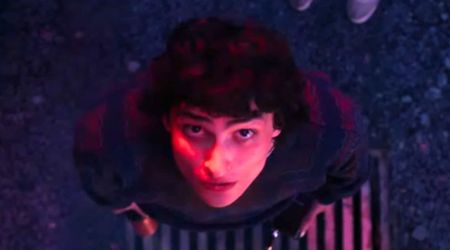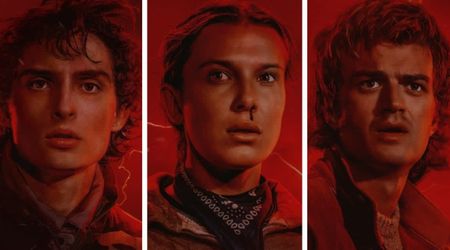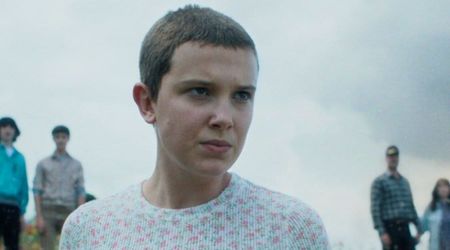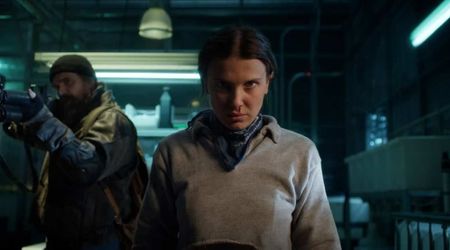‘Rolling Thunder Revue’ saw Bob Dylan take folk music back to intimate community settings and his coffeehouse beginnings

In the mid-seventies, the world was a turbulent mess. The last U.S. forces in Vietnam were being airlifted from the roof of the Saigon embassy as citizens back home were still trying to get over the Watergate scandal. Civil wars were rife in Lebanon and Angola, while the Khmer Rouge took over Cambodia.
Bob Dylan, born Robert Allen Zimmerman, had long withdrawn from engaging in any form of political commentary. But he made his statement by opening the Rolling Thunder Revue tour in Plymouth, Massachusetts -- where the Pilgrim Fathers arrived in 1620 and were warmly greeted by the indigenous Wampanoag tribe.
The Revue was rather short-lived. From start to finish, it spanned just under a year. On the other hand, Dylan's career would flourish for a staggering seven decades -- which would probably explain why he professed ignorance for his once-upon-a-time roving carnival of a concert. In one of the interviews in 'Rolling Thunder Revue: A Bob Dylan Story' the singer-songwriter is heard saying: “I’m trying to get to the core of what this Rolling Thunder thing is all about, and I don’t have a clue because it’s about nothing! It’s just something that happened 40 years [ago]—and that’s the truth of it.” Directed by Martin Scorsese, the film premiered June 12 on Netflix.

While Dylan may not think much of the Revue, for several others it was a once in a lifetime experience. Roaming around New England with a ragged band of free-spirited musicians, Dylan played in a series of unlikely small venues as he pleased. That said, this tour has been a mysterious legend even among Dylan cognoscenti, considering the pathbreaking first leg of the tour lasted just a couple hours. There was a second leg that took place in 1976, but by then Dylan had already become withdrawn and short-tempered.
Rehearsals recorded on a mammoth, 14-CD box set were released to accompany the film. The collection encompasses the 1975 tour in its raw glory, especially reliving the circus that ensued both on and off stage. These helped build the atmosphere before Dylan and his band of young rock musicians, old folk musicians, and unknowns, begin playing songs and chestnuts he had written for 'Desire' -- a record that was only released after the first leg of the tour was complete. The performances were unlike any other - the tempos are tentative and coupled with ragged harmonies, but the ringing intimacy within the troupe is hard to miss.
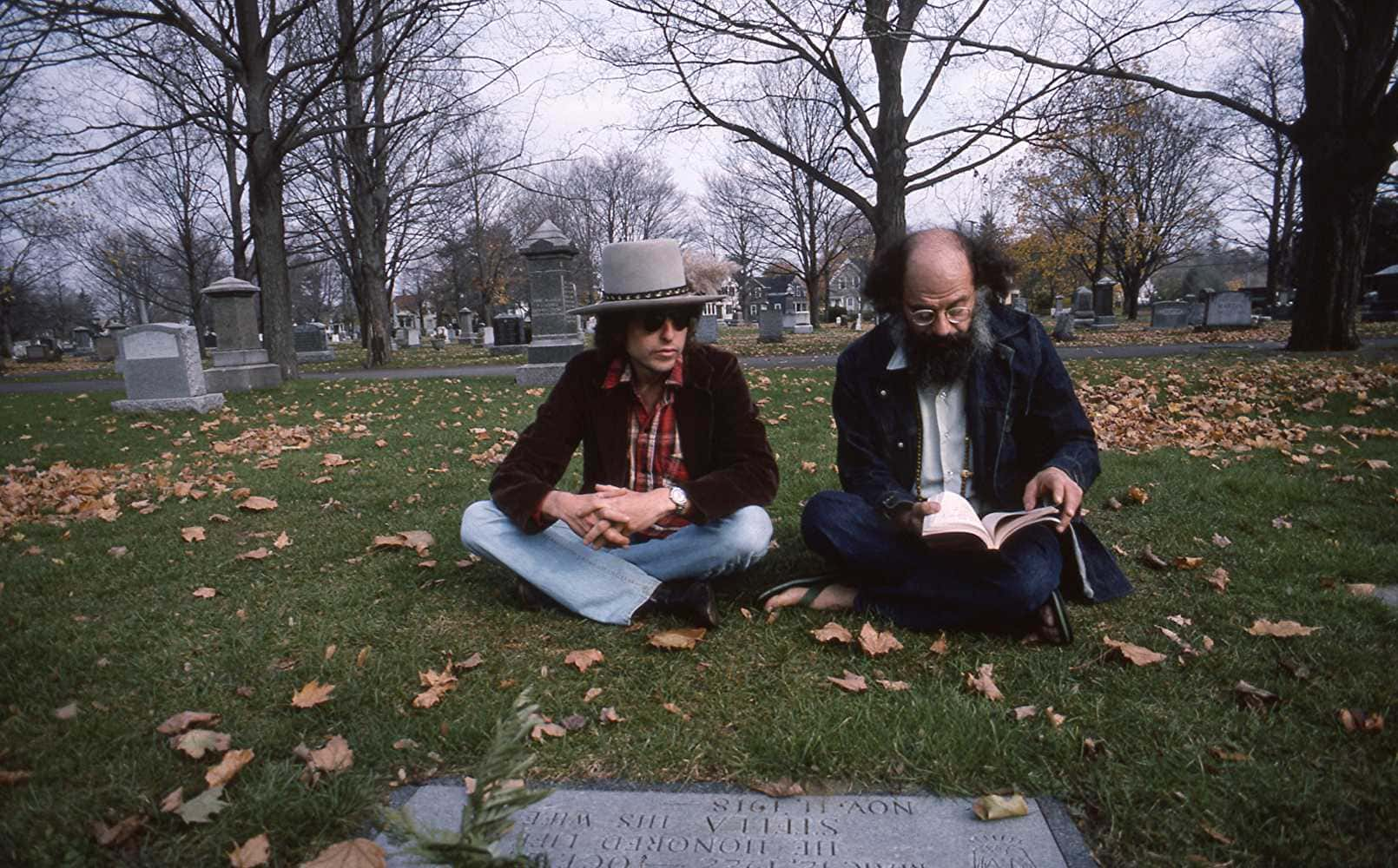
Ever since his motorcycle accident in 1966, Dylan hadn't played to a live audience. Players in his erstwhile band had become stars in their own right and were not merely backing him anymore. Despite the wild success of his '74 tour, Dylan was bored of playing massive arenas. It was this "boredom" that catalyzed his attempt to recreate his original coffeehouse vibe with the Rolling Thunder Revue.
While Dylan invited prominent figures who had played with him in the past, including former paramour Joan Baez, Bob Neuwirth, Jack Elliot, and Roger McGuinn, he also got new players to join him along the way. He invited guitarist Mick Ronson, late of David Bowie's Spiders From Mars, after having a drink with him one evening.
Later on, he spotted Scarlet Rivera roaming the streets of New York with her violin, so he brought her on board as well. Finally, he stumbled upon Jacques Levy, the director of 1969’s Off-Broadway hit 'Oh! Calcutta!' and voila - this unruly mix of musicians known as 'Guam' finally came into existence. Dylan made it a point each night to appear at three specific times during the show.
Unannounced, he would stroll onstage to sing 'When I Paint My Masterpiece' in a duet set with Baez and eventually make the curtain call on his own. The three major phases of the Revue saw the 'Blowin' in the Wind' hitmaker stick to a more or less static setlist. Some outliers and impromptu performances, at least those of which were raw enough to live up to the tour's reputation, are featured on the box set that comes with the documentary.

Several of the shows took place at odd locations, mostly at Dylan's will. A lean version of 'Simple Twist of Fate' was performed at a mahjong parlor in Massachusetts, while an emotional rendition of Peter La Farge’s 'The Ballad of Ira Hayes' was played at a Native American reservation. Having said that, the 'Rolling Thunder Revue' broke all the norms of the music industry. It was never likely to catch on if considered it a plan of business.
However, the charms of the tour were underscored by rare moments in the film when Dylan happily shared the spotlight, especially when he sought solace playing in a communal setting instead of packed concert venues. Although the tour is nothing more than a drop in Dylan's ocean, the individual performances throughout are thrilling testaments to his form and legacy.
By the end of the film, it became obvious Dylan was at his best when playing to a small, intimate crowd -- not with his sycophants, not with billboard toppers, but with old friends who accepted his quirks and found them amusing.


